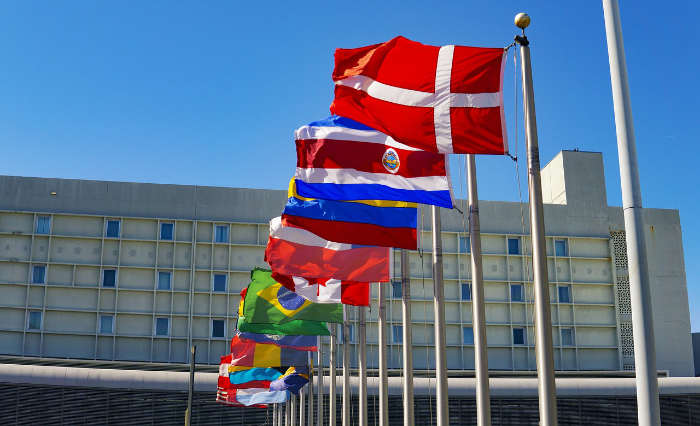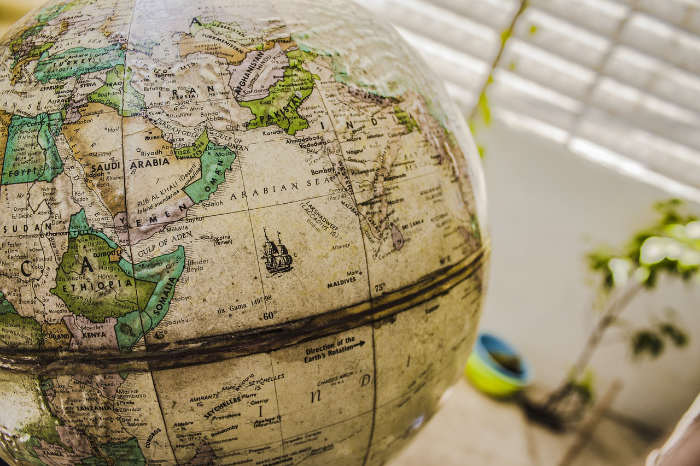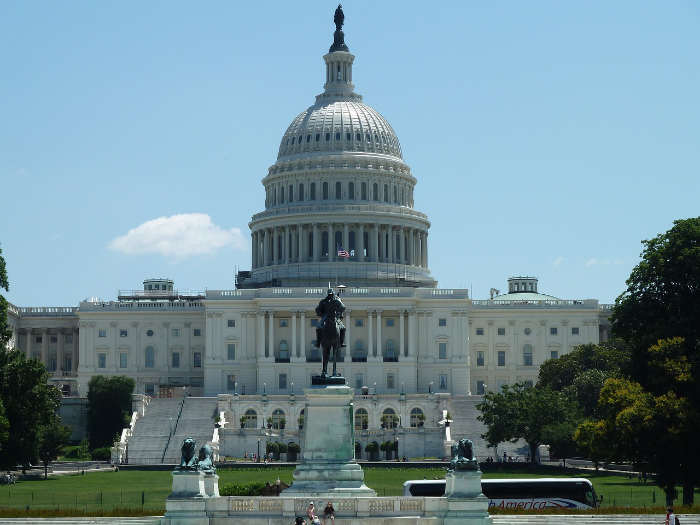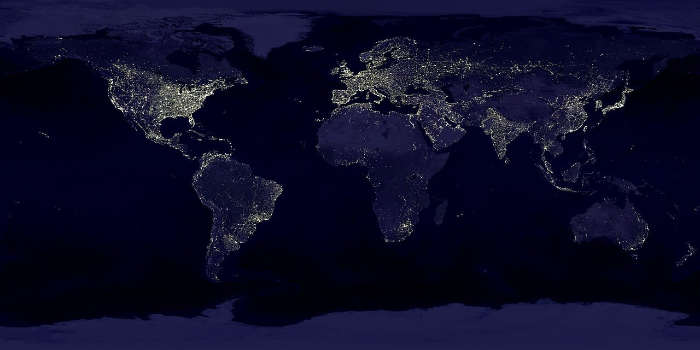Countries Involved in World War Two (WWII)

Allies
Axis
Neutral
Axis or Allies
Country | Axis or Allies↑ | WWII Time Line | |
|---|---|---|---|
| China | Allies | December, 1941 | |
| United States | Allies | December 11. 1941 | |
| Brazil | Allies | August 22, 1942 | |
| Russia | Allies | June 22, 1941 | |
| Ethiopia | Allies | July, 1940 | |
| Mexico | Allies | May 22, 1942 | |
| Philippines | Allies | December 8, 1941 | |
| Iran | Allies | ||
| United Kingdom | Allies | September 3, 1939 | |
| France | Allies | September 3, 1939 | |
| South Africa | Allies | September 1939 | |
| Canada | Allies | September 1939 | |
| Poland | Allies | September 1, 1939 | |
| Australia | Allies | September 1939 | |
| Guatemala | Allies | December, 1941 | |
| Netherlands | Allies | May, 1940 | |
| Bolivia | Allies | April 7, 1943 | |
| Haiti | Allies | December, 1941 | |
| Belgium | Allies | May, 1940 | |
| Dominican Republic | Allies | December, 1941 | |
| Honduras | Allies | December, 1941 | |
| Cuba | Allies | December, 1941 | |
| Czechia | Allies | March 15, 1939 | |
| Greece | Allies | October 28, 1940 | |
| El Salvador | Allies | December, 1941 | |
| Denmark | Allies | April 9, 1940 | |
| Finland | Allies | June 26, 1941 - September 19, 1944 | |
| Norway | Allies | April 9, 1940 | |
| New Zealand | Allies | September 1939 | |
| Costa Rica | Allies | December, 1941 | |
| Panama | Allies | December, 1941 | |
| Mongolia | Allies | 10 August 1945 | |
| Luxembourg | Allies | May, 1940 | |
| Japan | Axis | September 22, 1940 - September 2, 1945 | |
| Germany | Axis | September 1, 1939 - May 8–9, 1945 | |
| Italy | Axis | June 1940 - September 8, 1943. | |
| Romania | Axis | November 23, 1940 - August 23, 1944 | |
| Hungary | Axis | November 20, 1940 - March 1944 | |
| Laos | Axis | ||
| Bulgaria | Axis | March 1, 1941 - September 8, 1944 | |
| Slovakia | Axis | November 24, 1940 - early April 1945 | |
| Croatia | Axis | June 15, 1941 | |
| Turkey | Neutral | ||
| Spain | Neutral | ||
| Argentina | Neutral | ||
| Afghanistan | Neutral | ||
| Yemen | Neutral | ||
| Saudi Arabia | Neutral | ||
| Sweden | Neutral | ||
| Portugal | Neutral | ||
| Switzerland | Neutral | ||
| Ireland | Neutral | ||
| Uruguay | Neutral | ||
| Lithuania | Neutral | ||
| Latvia | Neutral | ||
| Estonia | Neutral | ||
| Bhutan | Neutral | ||
| Iceland | Neutral | ||
| Andorra | Neutral | ||
| Liechtenstein | Neutral | ||
| Monaco | Neutral | ||
| San Marino | Neutral | ||
| Vatican City | Neutral |
- Many countries have complex WWII histories. See Additional Details column for clarification.
- List includes notable occupied territories and puppet insurgencies that were not officially recognized countries and were dissolved at the war’s conclusion.
While a surprising number of countries are currently at war, all of today’s conflicts combined would still be far smaller than World War II. Involving more than 100 million people from dozens of nations (many more than in World War I) spread all across the globe, WWII was the biggest war in human history. It was also the deadliest war in history, resulting in an estimated 21-25 million military casualties and 50-55 civilian deaths—including the more than 6 million Jews who were killed in Nazi concentration camps. Leading up to the war, many countries attempted to remain neutral. However, as the conflict raged on, more and more countries were forced to join one of two sides: the Allies and the Axis Powers.
Both of these alliances changed and morphed over the course of the war, with countries coming and going as battles were won and lost, territories were taken and liberated, and political agreements were forged and dissolved. Several countries started out as neutral but were eventually drawn into the conflict, or initially fought for one side, but switched to the other (often after a forceful change in government). As a result, several countries were both Allies and Axis, or both neutral and either Allies/Axis.
Which Countries Joined the Allies in World War II?
When World War II began in 1939, the Allies were France, Poland, and the United Kingdom. Days later, the independent British dominions of Australia, Canada, New Zealand, and South Africa joined. As the war continued, more and more countries joined the Allies—including two major powers which had intended to remain neutral.
The first of these powers was Russia, which had signed a non-aggression pact with Germany and had even participated in Germany’s initial invasion of Poland. However, when Germany broke that pact and invaded Russia in Operation Barbarossa in June 1941, Russia quickly joined the Allies.
The second formerly neutral power was the United States, whose entry into the war was prompted by Axis power Japan’s attack on Pearl Harbor in December 1941. China also joined the Allies in December 1941—though the country had already been at war with Japan since 1937.
The Allied countries were led by the “Four Powers,” which consisted of the “Big Three”—the United Kingdom, United States, and Russia—as well as China. More than twenty additional countries also contributed to the cause. The Allies would formalize their union with the Declaration of United Nations, which was signed by the Four Powers on January 01, 1942, and 22 more countries on January 02. The declaration would become the United Nations Charter with the formal launch of the United Nations in 1945.
Countries on the Allies Side in WWII
| Country | Date Joined |
|---|---|
| Argentina | 27 March 1945 |
| Australia | 3 Sept. 1939 |
| Belgium | 10 May 1940 |
| Bolivia | 7 Apr. 1943 |
| Brazil | 22 Aug. 1942 |
| British India | 3 Sept. 1939 |
| Bulgaria* | 8 Sept. 1944 |
| Canada | 10 Sept. 1939 |
| Chile | 11 April 1945 |
| China | 9 Dec 1941 |
| Colombia | 26 July 1943 |
| Costa Rica | 8 Dec. 1941 |
| Cuba | 9 Dec. 1941 |
| Czechoslovakia* | 16 Dec. 1941 |
| Denmark | 8 Apr. 1940 |
| Dominican Rep. | 8 Dec. 1941 |
| Ecuador | 2 Feb. 1945 |
| Egypt | 24 Feb. 1945 |
| El Salvador | 8 Dec. 1941 |
| Ethiopia | 14 Dec. 1942 |
| Finland* | 15 Sept. 1944 |
| France | 3 Sept. 1939 |
| Greece | 28 Oct 1940 |
| Guatemala | 9 Dec. 1941 |
| Haiti | 8 Dec 1941 |
| Honduras | 8 Dec. 1941 |
| Iran | 9 Sept. 1943 |
| Iraq | 16 Jan. 1943 |
| Italy* | 10 Oct. 1943 |
| Lebanon | 27 Feb. 1945 |
| Liberia | 27 Jan. 1944 |
| Luxembourg | 10 May 1940 |
| Mexico | 22 May 1942 |
| Mongolia | 1 Aug 1945 |
| Nepal | 4 Sept. 1939 |
| Netherlands | 10 May 1940 |
| New Zealand | 3 Sept. 1939 |
| Nicaragua | 8 Dec. 1941 |
| Norway | 8 Apr. 1940 |
| Oman | 10 Sept. 1939 |
| Panama | 7 Dec. 1941 |
| Paraguay | 7 Feb. 1945 |
| Peru | 12 Feb. 1945 |
| Philippines | 8 Dec 1941 |
| Poland | 1 Sept. 1939 |
| Romania* | 25 Aug. 1944 |
| Saudi Arabia | 1 Mar. 1945 |
| South Africa | 6 Sept. 1939 |
| South Korea* | 10 Dec. 1941 |
| Soviet Union | 22 June 1941 |
| Spain | 1 Oct. 1943 |
| Sweden | 1 Sept. 1939 |
| Switzerland | 1 Sept. 1939 |
| Syria | 26 Feb. 1945 |
| Thailand | 25 Jan. 1942 |
| Turkey | 23 Feb. 1945 |
| United Kingdom | 3 Sept. 1939 |
| United States | 8 Dec. 1941 |
| Uruguay | 15 Feb. 1945 |
| Venezuela | 15 Feb. 1945 |
| Vietnam (Viet Minh) | 7 Dec. 1941 |
| Yugoslavia | 6 Apr. 1941 |
* Notes: - Bulgaria was a former Axis nation. - Czechoslovakia’s government was in exile at the time of declaration. - Finland fought alongside Germany and against Russia in the Continuation War from 1941-1944, declared war on Germany on 3 March 1945, but made the declaration retroactive to 15 September 1944. - Italy and Romania were former Axis nations. - South Korea’s government was provisional. - Vietnam’s allegiance came courtesy of the Viet Minh.
Which Countries Joined the Axis Powers in World War II?
The three major Axis powers were Germany, Italy, and Japan, which banded together under a series of agreements, culminating in the Tripartite Pact of 1940. Six additional nations then joined the Tripartite Pact. The first four were fairly straightforward: Hungary on November 20, 1940, Romania on November 23, Slovakia on November 24, Bulgaria on March 1, 1941.
The final two signatories on the Tripartite Pact come with caveats. First is Yugoslavia, whose government feared a German invasion if they chose to resist, and so signed the pact on March 25, 1941—however, the government was promptly overthrown by a coup and the new government rejected the agreement a mere two days later. (This act prompted Germany to add Yugoslavia to the list of countries it had invaded.) Lastly, the German-Italian puppet state of Croatia signed on April 10, 1941, despite the fact that it was an illegitimate nation with no actual authority to do so.
In addition to the Tripartite Pact, certain other countries signed what was known as the Anti-Comintern Pact, which was much less demanding. Many Anti-Comintern countries were allowed to remain neutral or required to send only volunteer troops to join the Nazi army. Even less binding were the Bilateral Pacts that other countries (as well as a few illegitimate governments and Nazi-installed puppet states) agreed to follow. Additionally, the Axis powers, particularly Japan, also made extensive use of “puppet states,” in which a newly overtaken country’s existing government would be replaced by a new (typically illegitimate) government that operated on its own but took its orders from the “puppetmaster” country.
Countries on the Axis side in WWII
| Country | Nature |
|---|---|
| Bulgaria | Axis |
| Burma (Ba Maw govt)* | bilateral pact |
| Cambodia (Kampuchea)* | puppet state |
| Croatia | Axis |
| Denmark* | Anti-Comintern |
| Finland* | Anti-Comintern |
| Germany | Axis |
| Greece (Hellenic States) | puppet state |
| Hungary | Axis |
| India (Azad Hind)* | puppet state |
| Iraq | bilateral pact |
| Italy | Axis |
| Japan | Axis |
| Laos* | puppet state |
| Manchuko* | puppet state |
| Mongolia (Mengjiang)* | puppet state |
| Philippines (Second Republic)* | puppet state |
| Romania | Axis |
| Slovakia | Axis |
| Soviet Union* | bilateral pact |
| Spain | Anti-Comintern |
| Thailand | bilateral pact |
| Vichy France* | puppet state |
| Vietnam (Empire of Vietnam)* | puppet state |
| Yugoslavia* | non-ratified |
* Notes: - Denmark’s contributions were minimal and it would likely have remained neutral if it had not been occupied by Germany during much of the war. - Finland never actually joined the Axis, but fought alongside Germany against Russia in the Continuation War from 1941-1944. - The Soviet Union helped Germany invade Poland before switching to the Allies. - Yugoslavia agreed to join the Axis, but the agreement was rejected two days later after a government coup. - All other Axis countries marked with * were puppet states, illegitimate governments, or both. ## Which Countries Remained Neutral in World War II?
As difficult a task as it was, several countries did manage to remain neutral during World War II. Many officially neutral countries nonetheless offered limited support to one side or the other, such as sending volunteer troops or allowing passage through their territory.
Neutral Countries in WWII
When Did WWII Start and End?
It is generally accepted that World War II began on September 1, 1939, when German troops invaded Poland, prompting the leaders of France and Britain to declare war two days later. However, as this conflict expanded, it merged with existing hostilities between Japan and several other countries in Asia. Because of this, some historians suggest that WWII actually began as early as July 7, 1937, the start of the Second Sino-Japanese War, or when Japan invaded Manchuria on September 19, 1931. The war’s end date is also debatable. Most historians agree that the end date was August 14, 1945, also known as V-J (Victory over Japan) day. Technically, however, the war didn’t end until September 2, 1945, the day Japan formally surrendered.



















